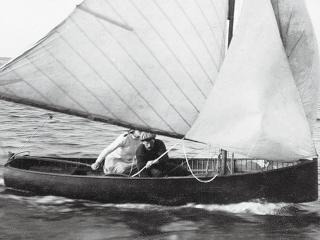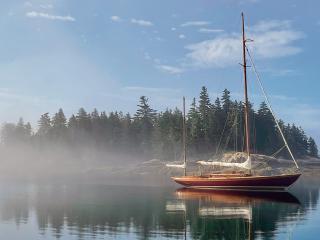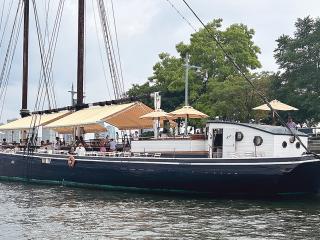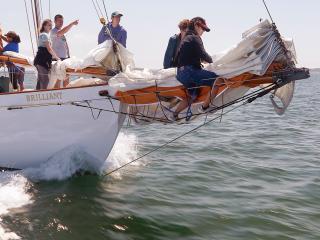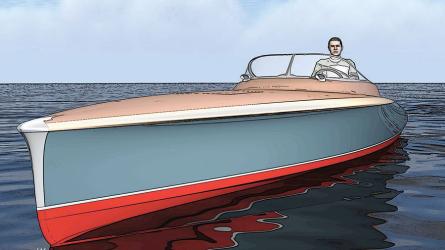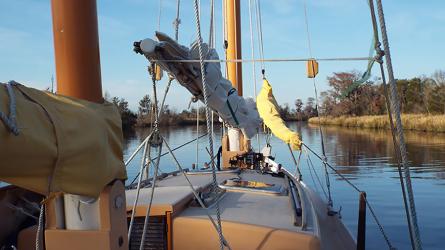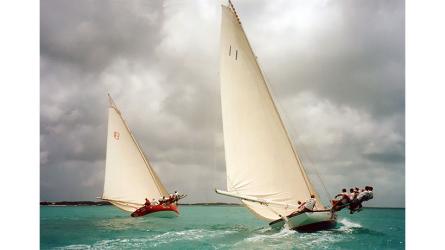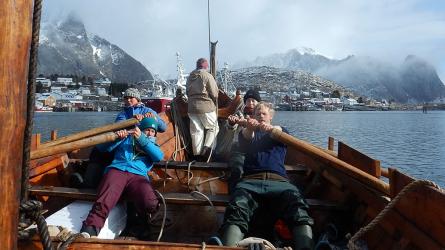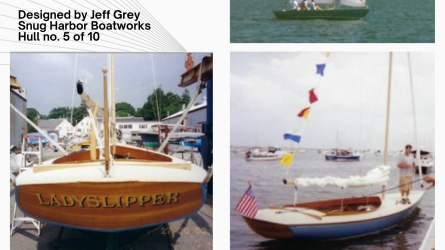November / December 2023
How to Build Floating Art
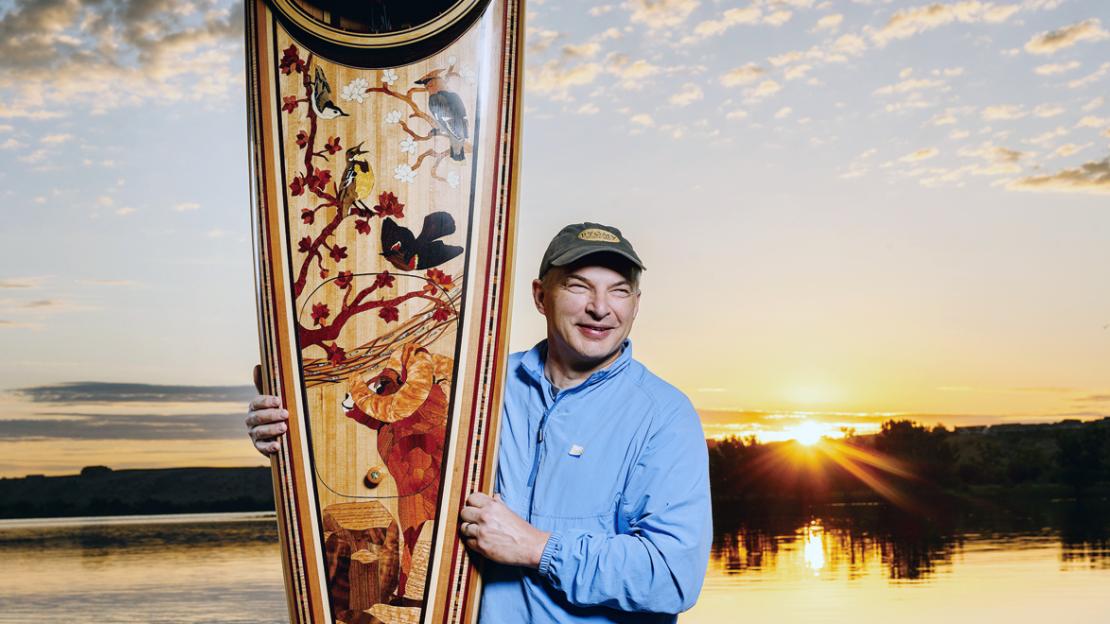
Dave Lake builds kayaks with highly artistic inlaid scenes inspired by the nature of his region in southeastern Washington State, where he is a high-school shop teacher.
Why decorate a boat? Especially, why decorate a slender sea kayak’s deck with so much art that it would border on sacrilege to smother it with a kayak’s typical touring rummage such as a water bottle, a compass, and a rescue float?
Dave Lake is a shop teacher, not a philosopher, and he doesn’t reach for any reason beyond the simple pleasure of doing it and then enjoying what he’s wrought. “I don’t really know how to kayak,” he says. “I’m not trained. I dread the day that I accidentally flip one over. But in the meantime, I’m just going to enjoy my view of the eagle or heron on the foredeck and paddle happy.”
Spend time with him, though, and it’s clear that he’s also motivated by the challenge of performing virtuosic magic with wood and glue. The techniques pictured and explained here are plenty challenging, because Dave has chosen a design with a mind-blowing tableau of nature’s bounty to accentuate the kayak’s decks and cockpit. The good news is that a trimmed-back, reasonable version of this wood-inlaying technique is adaptable to those of us with fewer workshop resources and skills. Instead of laser-cut pieces—62 individual ones went into the small redwing blackbird visible on the foredeck of the kayak shown here—one could use a relatively inexpensive scroll saw to produce the parts for a simplified creature, or any kind of design. The end result would rest on patience and perseverance, not phenomenal expertise.
The floating canvases for Dave’s art are wood-strip planked kayaks with fiberglass-in-epoxy sheathing, built to a design by Nick Schade of Guillemot Kayaks in Connecticut. Building techniques are laid out in Nick’s books The Strip-Built Sea Kayak and Building Strip-Planked Boats; he also has a thorough series of videos that he has made available free online (www.guillemot-kayaks.com). Dave builds kayaks to Nick’s plans using Douglas-fir, redwood, or hemlock milled to ¼"-thick strips for the planking. Interior fiberglass sheathing goes in before any of the inlay work begins; the deck is sheathed only after the inlays are completed and the hull and deck are bonded together, helpfully adding a protective transparent shield over the artwork.
To read the rest of this article:
Click the button below to log into your Digital Issue Access account.
No digital access? Subscribe or upgrade to a WoodenBoat Digital Subscription and finish reading this article as well as every article we have published for the past 50-years.
ACCESS TO EXPERIENCE
2-for-1 Print & Digital Subscription Offer
For this holiday season, WoodenBoat is offering our best buy one, get one deal ever. Subscribe with a print & digital subscription for $42.95, and we’ll give you a FREE GIFT SUBSCRIPTION to share with someone special.
1 YEAR SUBSCRIPTION (6 ISSUES)
PLUS ACCESS TO MORE THAN 300 DIGITAL BACK ISSUES
PRINT+DIGITAL $42.95
Subscribe
To read articles from previous issues, you can purchase the issue at The WoodenBoat Store link below.
 Purchase this issue from
Purchase this issue from
